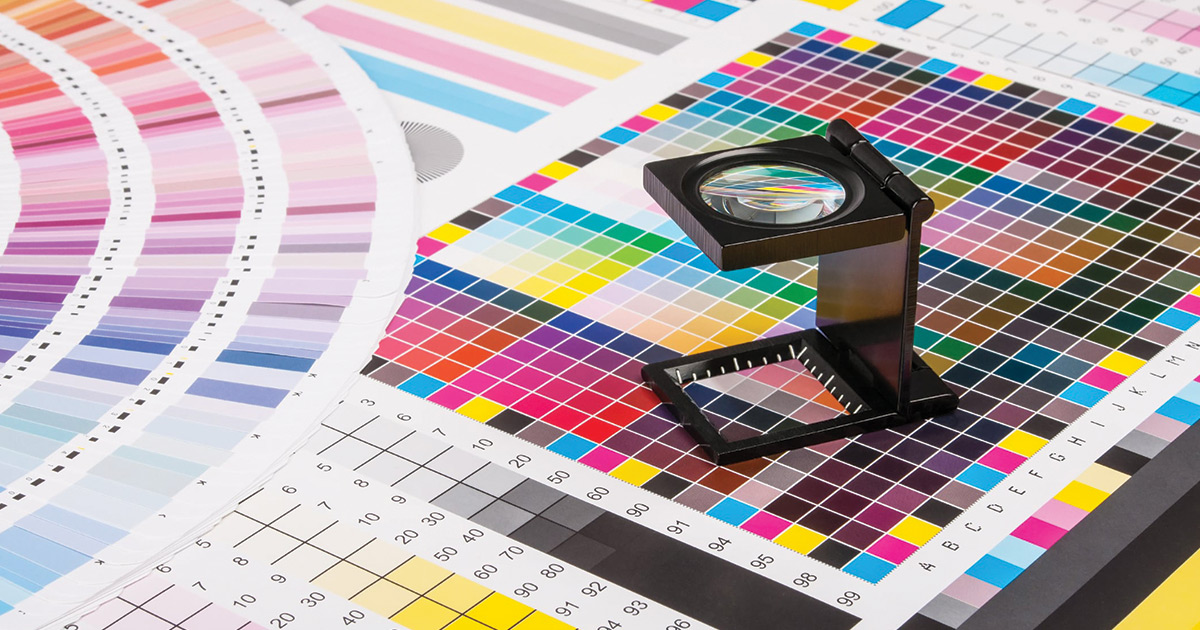Advancements in print technology are making industry-leading changes when it comes to print quality, affordability and cutting-edge capabilities. The major print process choices can be viewed as offset printing vs. digital printing as both of them use four-color printing methods. Each option offers its own advantages as they feature different techniques that can meet the needs of multiple projects.
The growing demand for personalized communications and quick turnaround times started a major shift in the print industry. Businesses around the world discovered they needed services that provided large print volumes using both color and variable data techniques.
As the need for print services continues to expand, do you know the answers to “what is offset printing” and “what is digital printing” and which is the best method to handle your print jobs?
What is Offset Printing and How is Offset Printing Used?
Offset printing is a commonly used commercial printing technique that produces consistent, high quality printed materials. In addition, this technique is generally used for print production runs of one thousand (or more) pieces as well as gang or combo runs.
Some of the advantages of offset printing include:
-
- High quality, consistent image production
- Quick, easy printing plate production
- Large print runs at a lower cost
- Long-lasting life for printing plates on direct litho presses thanks to no direct contact between the plate and the printing surface
What is Digital Printing and How is Digital Printing Used?
Digital printing is a digital-based image that is printed directly to a variety of media. For example, it goes directly from a PDF file straight to the digital printer. There is no need for the creation of printing plates and any set-up time is a fraction of the time offset printing takes.
Some of the advantages of digital printing include:
-
- Full color design possibilities including full color and gradation prints without any color limitations
- Quick turnaround time
- Reduced color matching time
- Lower cost
- Ideal for smaller volume runs
- Environmentally friendly print method
What is the Difference Between Offset Printing and Digital Printing?
The main difference between offset printing and digital printing is the use of plates. Offset printing requires plates that can transfer an image onto a rubber blanket and is then rolled onto a sheet of paper. This method is known as offset because the ink is not transferred directly to the paper.
Digital printing does not require any plates and the toner is distributed directly on the paper. The digital method has a much shorter set-up period so it is ideal for shorter on-demand jobs.
Which Print Technique Should I Use? Offset or Digital?
Besides knowing that offset printing requires printing plates and digital printing does not need plates, you also need to know when to use these two print techniques. Let’s continue the battle of offset printing vs. digital printing by spotlighting the best times to use both methods:
When to Use Offset Printing:
-
- Ideal for high-volume and/or large-scale projects
- Wide range of paper and finishing options for businesses of any type and size
- Cost-effective, efficient setup process for large print runs
- Production of consistent, high quality images with vibrant colors and sharp details
When to Use Digital Printing:
-
- Ideal for on-demand or short run print projects
- Quicker turnaround time
- Lower set-up cost
What is offset printing? See above!
What is digital printing? (Once again) See above!
What to schedule your next print project using either method? Call NextPage today!
Contact Us Now for More Information
Phone: (816) 459-8404

